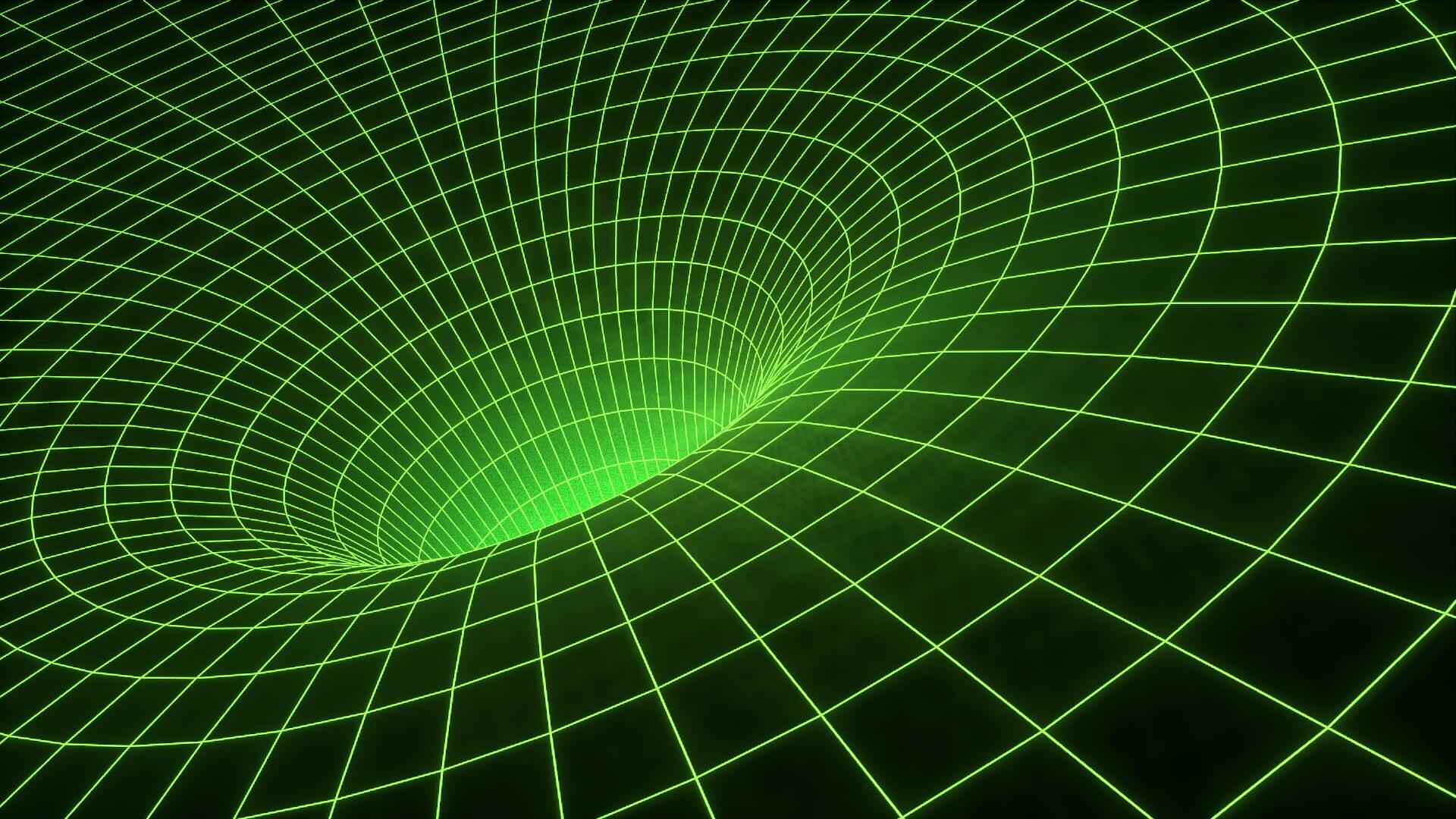Measuring the object’s non-gravitational acceleration, the team believes they found something “anomalous”
Category: futurism – Page 30

This year thousands of mysterious earthquakes hit Santorini. Scientists finally know why
The dike’s seemingly unstoppable ascent meant “there was a possibility that magma would reach the shallow seafloor,” says Isken—which could cause some explosive activity. Fortunately, the dike lost momentum, and the crisis came to an end.
Most dike injections fail to cause eruptions, and this one was no different. “There probably wasn’t enough magma in it, and it wasn’t buoyant enough, to hit the surface,” says Yeo.
While this incursion ended prematurely, others might not. And sketching out other aspects of the plumbing help will help researchers track dangerous magma in real time and warn locals.
25-year-old PC classic Deus Ex is finally getting an official remaster
But will it be better than the mods?


Space-time doesn’t exist, but it’s a useful framework for understanding our reality
Whether space-time exists should be neither controversial nor even conceptually challenging, given the definitions of “space-time,” “events” and “instants.” The idea that space-time exists is no more viable than the outdated belief that the celestial sphere exists: both are observer-centered models that are powerful and convenient for describing the world, but neither represents reality itself.




Google’s top AI scientist says ‘learning how to learn’ will be next generation’s most needed skill
Speaking at an ancient Roman theater at the foot of the Acropolis in Athens, Demis Hassabis, CEO of Google’s DeepMind, said rapid technological change demands a new approach to learning and skill development.
“It’s very hard to predict the future, like 10 years from now, in normal cases. It’s even harder today, given how fast AI is changing, even week by week,” Hassabis told the audience. “The only thing you can say for certain is that huge change is coming.”
The neuroscientist and former chess prodigy said artificial general intelligence—a futuristic vision of machines that are as broadly smart as humans or at least can do many things as well as people can—could arrive within a decade. This, he said, will bring dramatic advances and a possible future of “radical abundance” despite acknowledged risks.